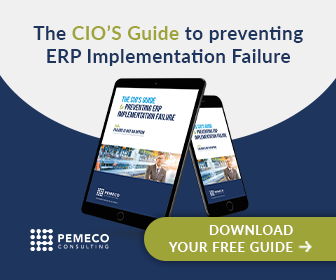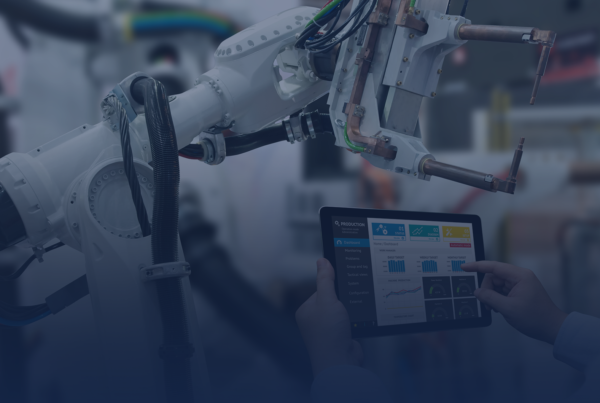Tip #12: 7-Part Structure to ERP Blueprint Whitepapers
If “ERP blueprint whitepapers” sound important, it’s because they are. As the name suggests, these documents contain the draft blueprints for the future business processes (i.e. the “To Be” process maps). In other words, they set out step-by-step instructions on how to transact business in the new ERP environment.
Each of the ERP blueprint whitepapers should accomplish two goals. First, each whitepaper should contain a comprehensive “To Be” process map of a single functional area. Second, each whitepaper should describe how that business area’s processes and systems tie into those of other functional areas.
Though there are different ways to prepare blueprint whitepapers, the following 7-part structure has served us well during our 41-year history of successful ERP software implementations:
- Introduction. Describe the functional area and highlight any major deviations between the “To Be” and “As Is” process flows.
- General Overview. Introduce the entire IT system, including the interrelationships among the various modules. This section should be reproduced in each blueprint whitepaper.
- Functional Overview. Highlight the relevant IT modules and their interrelationships.
- The Functional Flows. Present the functional area’s “To Be” process flows.
- Master Data, Screen Shots and Key Fields. List the relevant master data files and their contents. Also, provide screen snapshots and highlight certain key fields. This section becomes critical during the data migration and customization/personalization phases.
- Reporting Requirement and Batch Processes. Define the functional area’s specific reporting needs and the specific batch process schedules.
- Personalizations, Customizations, Interfaces and Special Projects. Define how the basic system needs to be modified and extended to satisfy functional needs.
Once you’ve completed all 7-parts for each affected functional area, you should congratulate yourself for having modeled the new business processes. However, your job is not yet done. At this stage, the blueprints are merely drafts of the intended process flows. As the implementation proceeds through the walkthrough and pilot phases, the actual process flows will be enhanced. Your job is to ensure that the blueprint whitepapers are updated to reflect each enhancement. This ensures that the documents remain relevant, accurate and useful.
Relevant, accurate and useful blueprint whitepapers will help your company meet critical future needs. Training is one example of a future need. These documents will later become part of a knowledge management database used to train employees on the ERP system and processes. Another example is future projects. The “To Be” flows will become the future “As Is” process maps. These maps will facilitate needs analyses in future IT and operations initiatives.
This concludes the tip on the blueprint whitepapers. At this point, we’re wading further into the implementation project. If you’ve stuck with me, great! If I’ve left you a bit confused or if you have unanswered questions, I encourage you to reach out to our ERP experts. They’ll be happy to help.
Don’t miss the next ERP implementation tip, I’ll dig into the third deliverable in the mapping phase: the gaps and issues database. I’ll explain how to manage the increasing volume of gaps and issues that are slowly starting to suffocate the implementation team.
Good luck with your ERP implementation projects!
In this series of ERP project management tips, we will walk you through an ERP implementation project using Pemeco’s “Milestone Deliverables” project management methodology.
You can buy our project management book “Milestone Deliverables: The Hands-On Approach to Implementing ERP Projects”. Click here to learn more. Learn about our ERP implementation services by clicking here.
Want to avoid ERP implementation failure?
Download The CIO’s Guide to Preventing ERP Implementation Failure.





